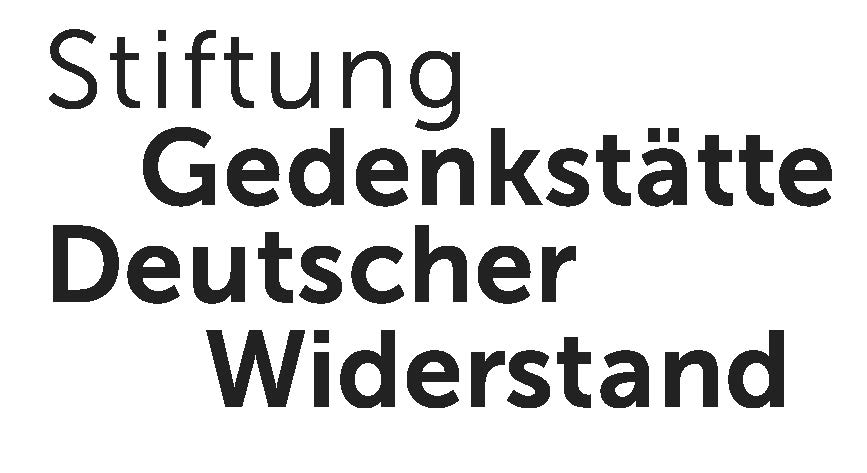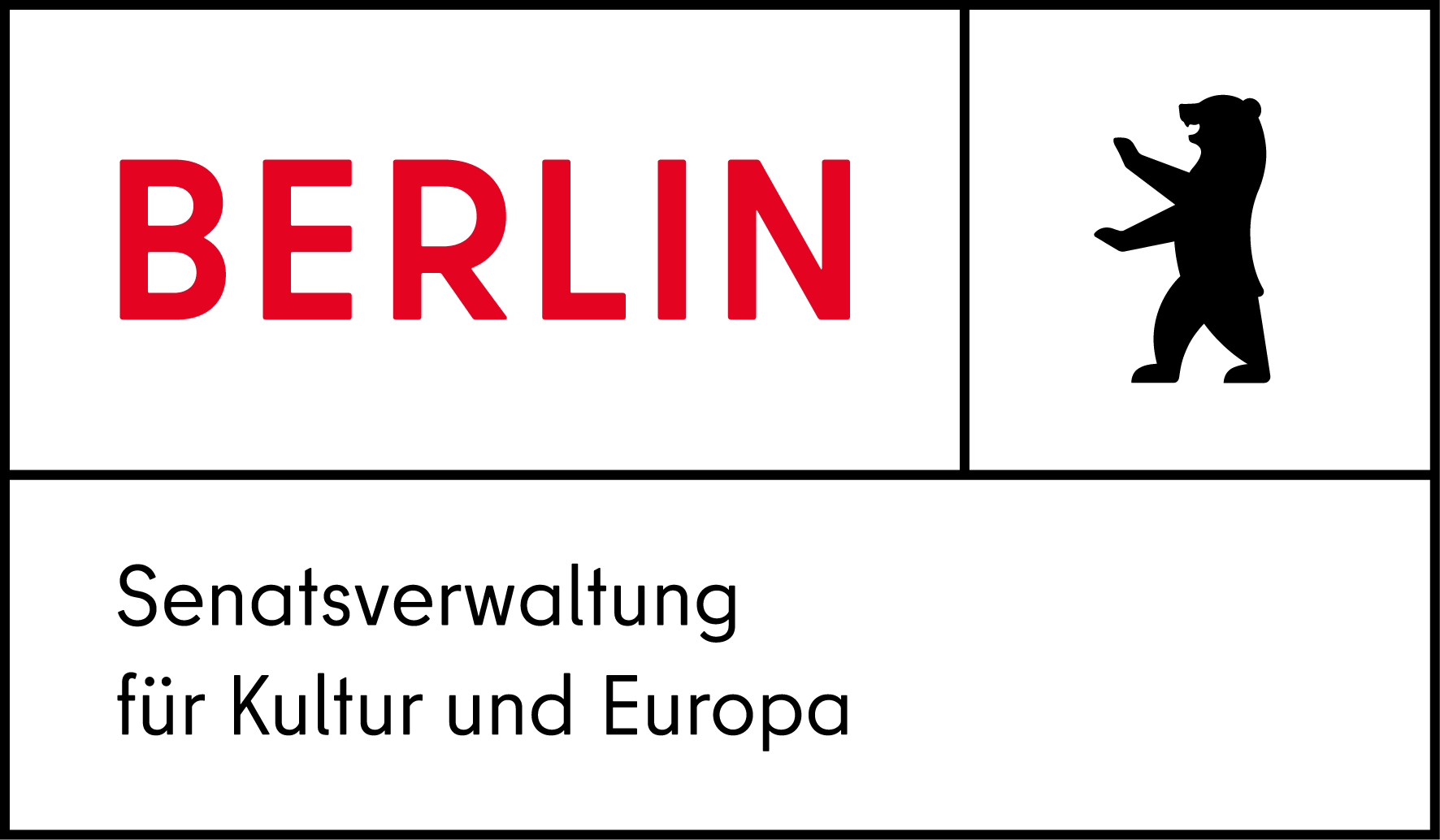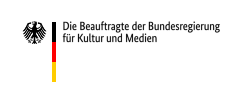
Determinants of Motorization and Road Provision / Ingram, K. Gregory
January 1999 - National and urban motor vehicle ownership increases at about the same rate as income, whereas road length increases with income mainly at the national level. So, urban congestion grows with income. Controlling vehicle fleet growth and use would require high taxes that increase faster...
Enregistré dans:
| Auteurs principaux: | Ingram, K. Gregory |
|---|---|
| Autres auteurs: | Liu, Zhi |
| Format: | Online-Resource |
| Langue: | English |
| Publié: | Washington, D.C : The World Bank, 1999 |
| Sujets: | |
| Accès en ligne: | URL des Erstveröffentlichers |
| Résumé: | January 1999 - National and urban motor vehicle ownership increases at about the same rate as income, whereas road length increases with income mainly at the national level. So, urban congestion grows with income. Controlling vehicle fleet growth and use would require high taxes that increase faster than income - or there could be congestion tolls. Ingram and Liu survey past trends in vehicle ownership and road network expansion to analyze determinants of their growth at the national and urban level. Surprisingly, they find that: ° Nationally, income is a major determinant of both vehicle ownership and road length. ° Nationally, paved road length and vehicle ownership has been increasing about as fast as income, while total road length is increasing less rapidly than income. ° In urban areas vehicle ownership increases as fast as income while road length increases very slowly with income. Because national paved road networks are expanding about as fast as national motor vehicle fleets, national congestion is unlikely to be worsening. But because urban road length is growing much more slowly than the number of urban motor vehicles, urban congestion is rising with income over time. Increased urban congestion is stimulating decentralized urban growth. Income elasticities are greater than price elasticities in absolute terms, for both vehicle ownership and use - an important finding because prices are often used as an instrument to control motor vehicle ownership and use. If price elasticities are half as large as income elasticities, prices would have to grow twice as fast as incomes to stabilize vehicle ownership. Breaking the link between income growth, rising congestion, and urban decentralization will be difficult: Restraining auto ownership in urban areas requires high tax rates, and increasing the supply of urban roads is costly. |
|---|---|
| Description: | Weitere Ausgabe: Ingram, K. Gregory: Determinants of Motorization and Road Provision |
| Description matérielle: | 1 Online-Ressource (34 Seiten) |

